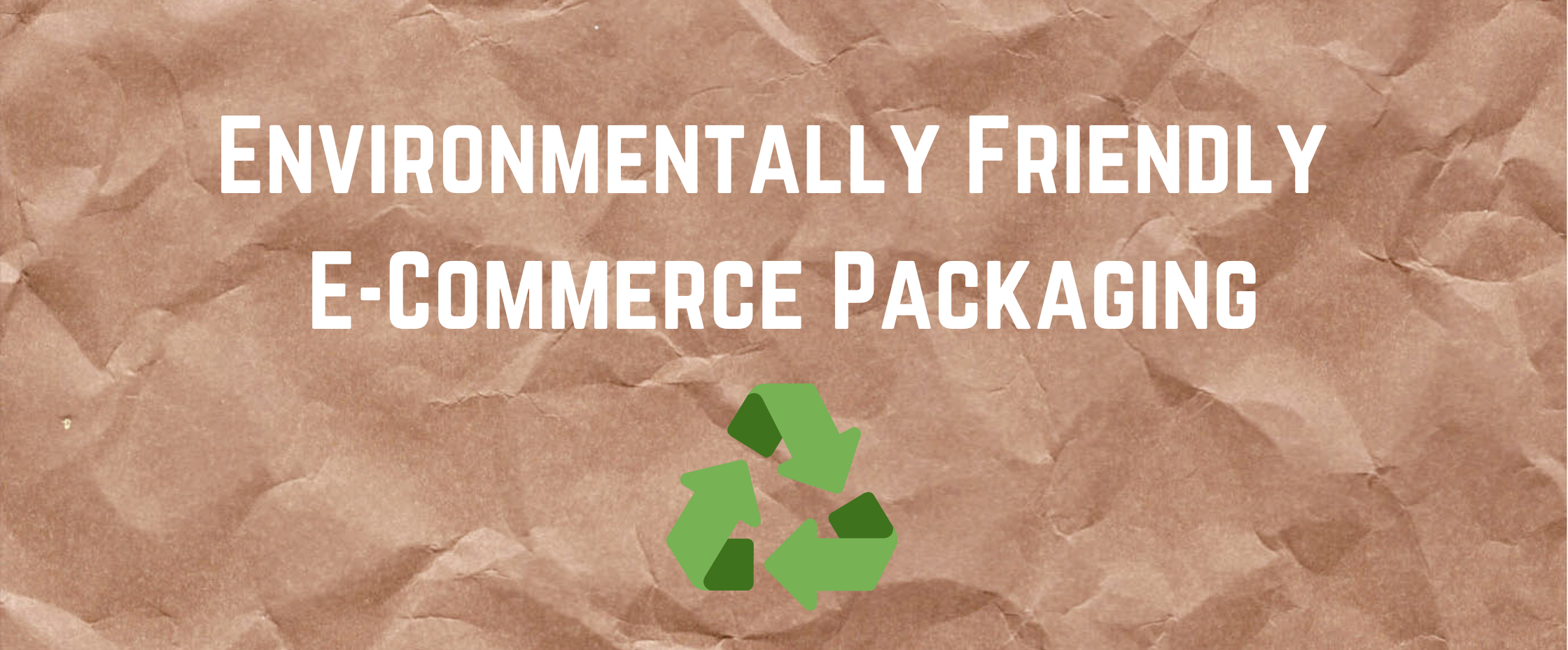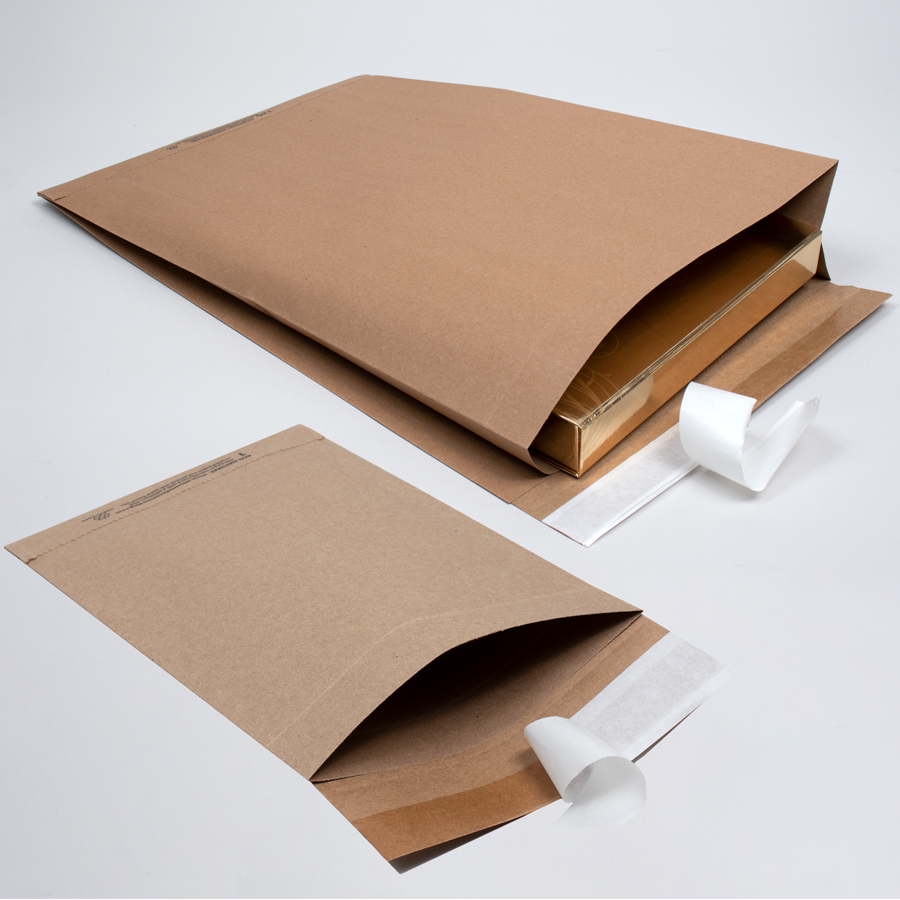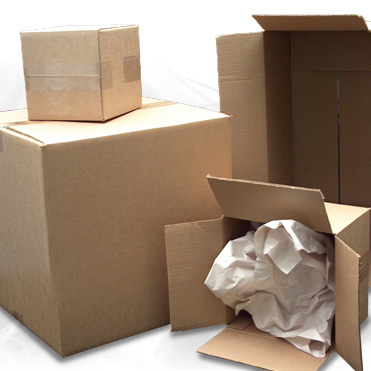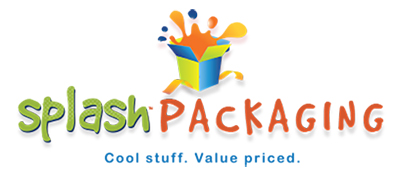By Splash Packaging TeamPackaging Resources, Retail, Sustainability in the Packaging Industry
Eco-Friendly Packaging for E-Commerce: What You Need to Know
E-commerce packaging has become essential for many businesses as they change and adapt to consumer’s needs and wants. With the additional factor of COVID-19 causing a huge increase in the need for online retail, e-commerce is growing extremely fast this year.
One of the biggest issues with e-commerce is the environmental impact of everything involved. While shipping and transportation have a prominent environmental impact, packaging seems to be the most controversial aspect of e-commerce practices. Large companies like Amazon have been criticized for their use of too large boxes which creates unnecessary packaging waste.
A 2017 white paper titled “Optimizing Packaging for an E-commerce World” points out that e-commerce has about four times as many touch-points as regular retail, and shipments are broken down into individual packages for delivery. It also notes that higher return rates can be a big issue with e-commerce, where in-store retail produces lower return rates. E-commerce produces an average of 20-30% return rate which can require additional packaging materials for return shipping.
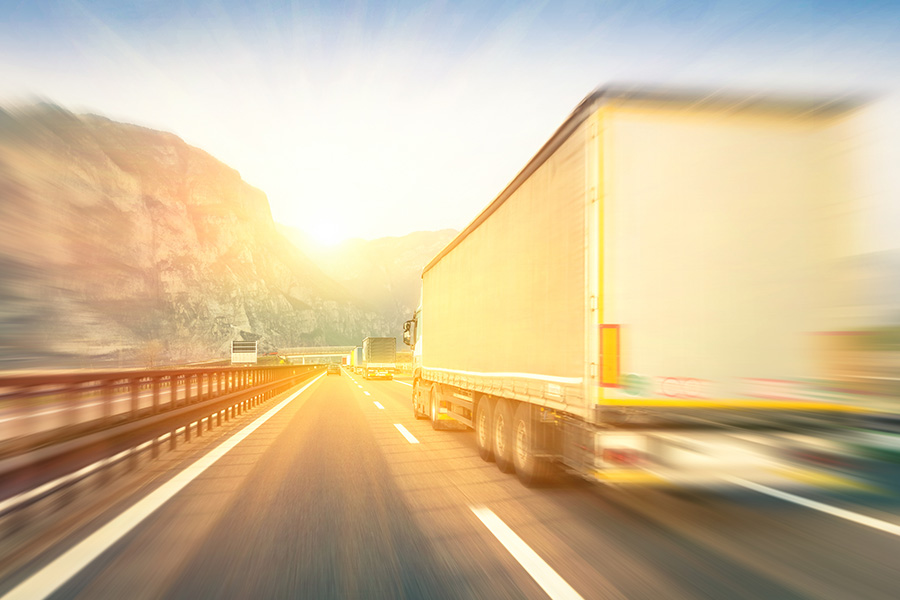
Reducing Waste
Despite the fact that cardboard boxes can be recycled, they are not always the most efficient option for packaging. There are several ways for online retailers to do better in regards to reducing waste when shipping their items.
Shipping Bags Instead of Boxes
For smaller and lightweight items that won’t get damaged easily, shipping bags made from paper or plastic may be a better option. Shipping bags can help reduce your shipping costs, they take up less space in delivery vehicles and storage facilities, and in some cases they are recyclable or reusable. They have a much smaller footprint overall and can often be reused for returns if needed; sometimes they are designed with an extra layer of peel and stick adhesive for return shipping.
Some paper shipping bags are also 100% recyclable and compostable. Eco-natural shipping bags are one of the best shipping bag options for smaller and lightweight items. These paper mailing envelopes are made with 100% recycled paper that is tear and puncture resistant and is fully recyclable and compostable. Despite being lightweight, they offer good protection to your items while maintaining recyclability. If you have delicate items inside, you’ll want to add your own cushion material inside the package.
Some paper shipping bags also offer built-in bubble cushion. This makes them more protective of your items but also limits their recyclability. Plastic shipping bags are also available and some have built-in cushion for extra convenience. Despite plastic and cushioned shipping bags not usually being recyclable, they can still help minimize your environmental impact by reducing the size and weight of your shipped packages.
Right-Size Shipping Boxes
A big factor in reducing waste in your e-commerce packaging is to use the correct size boxes for your shipments. Using boxes that are too large results in the need for extra filler or cushion materials (which may not be recyclable) and takes up more space in delivery vehicles.
Shipping boxes are the most commonly used packaging for e-commerce retail, but they come with some major drawbacks. Boxes are necessary when larger items can’t fit into shipping bags or mailing envelopes, but are often oversized and require a lot of filler material. Using correct sized boxes for your items can help reduce your environmental impact, and possibly save you on shipping costs as well. It also lessens the amount of filler material needed to cushion your items.
Having the right size packaging can also keep your items more protected during shipment, if they are less likely to move around inside the box or bag. This helps reduce the return rate on your products and increases customer satisfaction.
Encourage Larger Orders
Sometimes people prefer to make several smaller orders rather than one large order for certain products. It’s a good idea to give your customers some incentive to place bulk orders. To do this you can offer free shipping, a coupon or discount, or a free gift when a customer spends a certain dollar amount in your web store.
You should also avoid sending the items from one order separately if possible. Large retailers often do this for the sake of efficiency, but it creates a lot of unnecessary packaging waste. The idea with encouraging larger orders is being able to pack them together and fill more of your packaging per shipment. Plus when your items adequately fill up the space inside your shipping box, they move around less and are subject to less damage during transit.
Encourage Your Customers to Reuse the Packaging
Instead of discarding used packaging, suggest ways for your customers to repurpose it in practical and cost-effective ways. For instance, reusing packaging for making a move cheaper is a smart and sustainable choice, as boxes and shipping materials can double as moving supplies. Highlighting these ideas in your packaging or on your website not only inspires eco-friendly habits but also demonstrates your brand’s commitment to sustainability. This simple tip can extend the life of packaging materials while leaving a positive impression on your customers.
Eco-Friendly Materials and Recyclability
Many standard e-commerce options are eco-friendly by default, because they are made from recycled paper and are recyclable. Some other factors to consider are the filler materials you use, packing tape, and any type of plastic products you use for e-commerce.
Paper is the most prominent e-commerce packaging material, which most would say is better than plastic. However, paper still has to be produced from trees and cardboard boxes require large amounts of material to produce. Recycling also uses a lot of energy and resources, and in many cases not all materials can be recycled.
A look into any residential recycling bin would likely reveal multiple cardboard boxes thrown in haphazardly, most probably without the tape or labels removed. Some may also include the bubble wrap and cushioned air materials, which are not supposed to be recycled in curbside bins.
Paper Vs. Plastic
The vast majority of e-commerce packaging is made from paper, because corrugated cardboard boxes are the most commonly used e-commerce packaging option. Most paper packaging used for shipping is made from a partial amount of recycled materials, up to 100% recycled in some cases. You can also purchase paper shipping bags that are recyclable. There are also many filler materials and even shipping tapes made from paper in order to maintain recyclability.
Plastic is often used in e-commerce when it comes to shipping bags and interior filler materials like bubble cushioning and air pillows, and is also used to make packing tape and labels. Having plastic components to your e-commerce packaging can make it harder for the end user to recycle them. Certain types of plastic require special recycling facilities and many people don’t have easy access to recycling centers for those products. Not to mention, many people do not know what can be recycled and where, leaving them to possibly just throw their packaging in the trash instead.
Filler Materials
Filler materials present another issue with sustainability and recyclability. Most filler materials for shipping boxes are air-filled plastic or packing peanuts. Bubble wrap and plastic air pillows are usually recyclable, but need to be dropped off at designated recycling areas for the specific type of plastic they use. Traditional packing peanuts are usually not recyclable and take up a lot of fill space, however there are biodegradable and compostable packing peanut options available now that can be used instead.
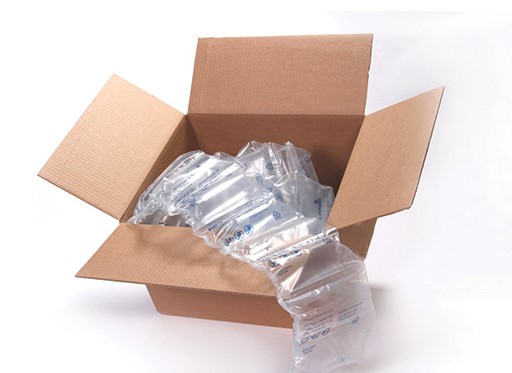
For reference, Earth 911 offers a comprehensive guide to finding recycling centers for all different types of packaging products. Also, Sealed Air, the company that makes most bubble wraps and air cushions, will directly take back their materials for recycling!
Paper filler materials are also a good option, like this newsprint packing paper, but they are not always as protective as bubble cushion and air padding. Paper filler options are preferable for their recyclability whenever it’s possible to use them, especially with non-breakable items.
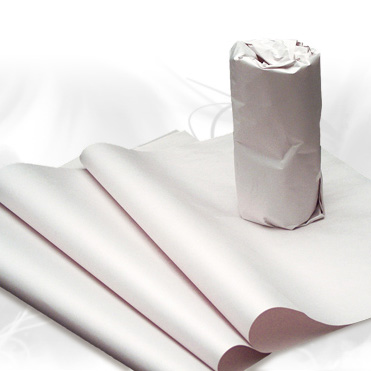
Tissue paper and crinkle cut paper shred are filler options that can be more colorful or personalized in a variety of designs for holidays and special occasions. Tissue paper is an inexpensive way to line shipping bags and boxes that is available in a wide variety of colors and designs. Crinkle cut paper shred is a great box filler that offers some cushion to your products, and is also available in many bright and fun colors.
Custom E-Commerce Packaging
If you are interested in custom e-commerce packaging, there are many ways to personalize your filler materials, shipping boxes, labels, shipping bags, and even packing tape! Custom e-commerce packaging can allow you to customize the materials, sizes, and printing of your packaging to optimize for environmental friendliness. You can also create custom inserts for boxes to reduce the need for filler material and keep your items more secure and protected. A company like Morgan Chaney can help you design and create custom e-commerce packaging that fits your needs and focuses on reducing waste.

No matter how you decide to optimize your e-commerce packaging, there are many ways to be more environmentally friendly when shipping your items. Overall, many businesses make their choices based on a combination of factors including budget, shipping costs, company philosophy, and the type of products that are being shipped.
While it may not be possible to have a zero footprint e-commerce company, it’s important to make changes in the right direction and always adapt more eco-friendly practices whenever you can.
See how Splash Packaging can elevate your brand with exceptional quality & style.
Newsletter sign up
Recent Posts
- How to Package Baked Goods to Maximize Freshness & Presentation
- The Best Ways to Package Homemade Jams & Jellies for Gifts or Sale
- The Best Paper Shopping Bag for Takeout: Why Restaurants Choose the EcoPlus™ 10 x 10 x 10 Takeout Bag
- E-Commerce Trends for 2025: What Online Retailers Need to Know
- Paper vs. Plastic Bags: Which Is the Best Choice for Your Business?

